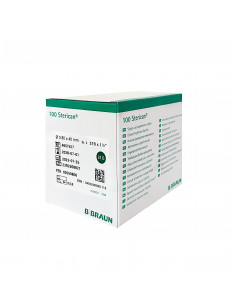Rainbow Thread is a new concept in premium lifting treatment with non-surgical skin tightening threads that effectively treat sagging skin and create a natural, fresher and younger looking face.
Rainbow Threads come in PDO (Polydioxanone), PLLA (Ply L-Lactic Acid) and PCLA (Poly L-Lactide-co-ε-Caprolactone), which are biodegradable and absorbable threads that have been used for surgical sutures for 50 years. The medical suture material is designed to be inserted into the SMAS layers to tighten and lift the skin, which is suitable for patients with sagging or drooping skin.
As we age, skin tissue becomes thinner due to the breakdown of collagen and elastin fibers, resulting in sagging skin, deep wrinkles and folds. Rainbow threads stimulate fibroblasts and collagen proliferation, causing a natural, dramatic skin tightening and lifting effect as the thread breaks down, improving blood circulation, helping to improve skin tone and repair, and increasing skin elasticity. The non-surgical skin lift is designed to provide a long-lasting effect with immediate results.
Rainbow Threads are certified as Class III devices under the European Medical Device Directive and carry the CE mark, which guarantees the quality and safety of the product.




































